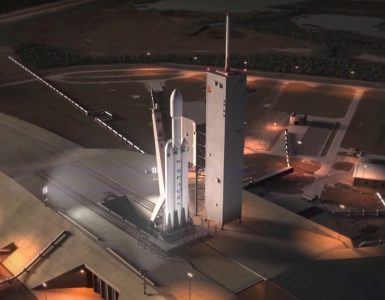Mars is of intense interest to scientists and astronomers, but not only because it is the nearest planet to earth but also because of the colonization opportunities that it might someday provide. The planet seems to have had the make up to support life, but that has changed now. Mars magnetic field disappeared some 4.2 billion years ago, and subsequently the atmosphere began to be stripped away by solar winds.
It’s now a desolate wasteland with an atmosphere that is 100 times thinner than earth. The atmosphere is 95% carbon dioxide and 0.13% oxygen, rest is made up of nitrogen oxide, neon, hydrogen-deuterium-oxygen, krypton, and xenon. It is also much colder than earth because it is farther away from the sun.
But scientists believe that Mars can support life and colonization can be a viable option because there is a wealth of frozen water hidden under the surface of the red planet. But despite that, there are some major obstacles that need to be surmounted if colonization of Mars is ever to become a reality.
NASA has recently proposed a very ambitious project that could be a very big step towards the colonization goal. Last week at the Planetary Science Vision 2050 Workshop, NASA proposed that an artificial magnetic field be deployed around the red planet. This will safeguard the planet’s atmosphere and help it thicken over time. It will also be a barrier against the intense solar radiation.
Installation of a man made magnetic field will facilitate easier landings and will protect crews working there from most every type of radiation hazards once NASA start sending crewed missions to Mars somewhere in the next decade.
“In the future it is quite possible that an inflatable structure(s) can generate a magnetic dipole field at a level of perhaps 1 or 2 Tesla (or 10,000 to 20,000 Gauss) as an active shield against the solar wind,” Jim Green, Director of NASA’s Planetary Science Division said.





















